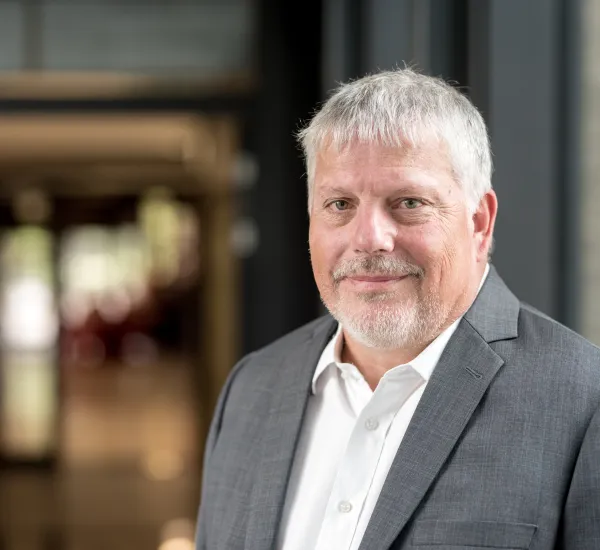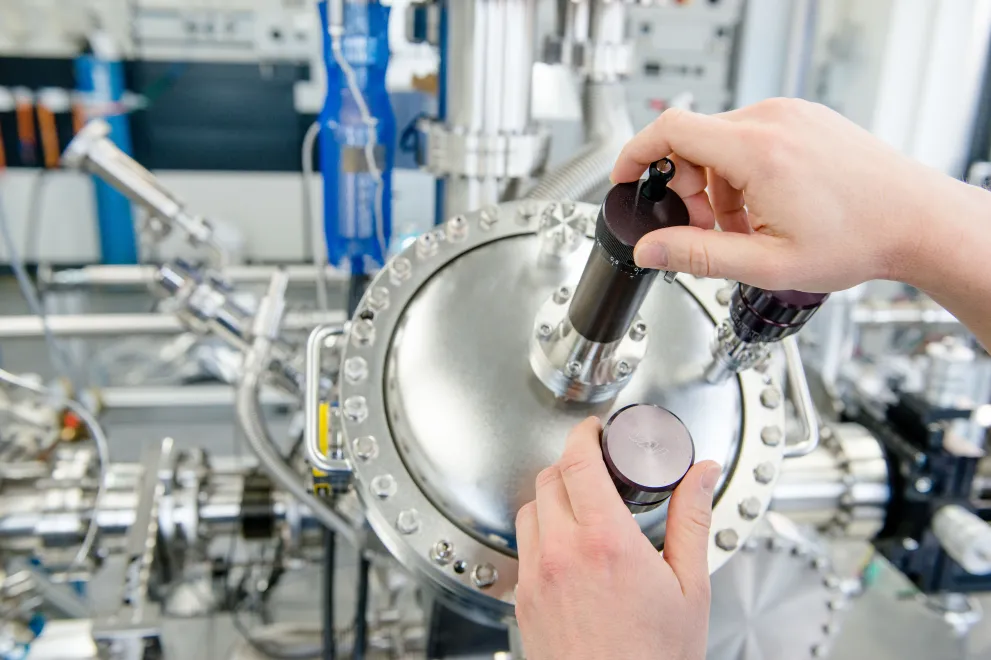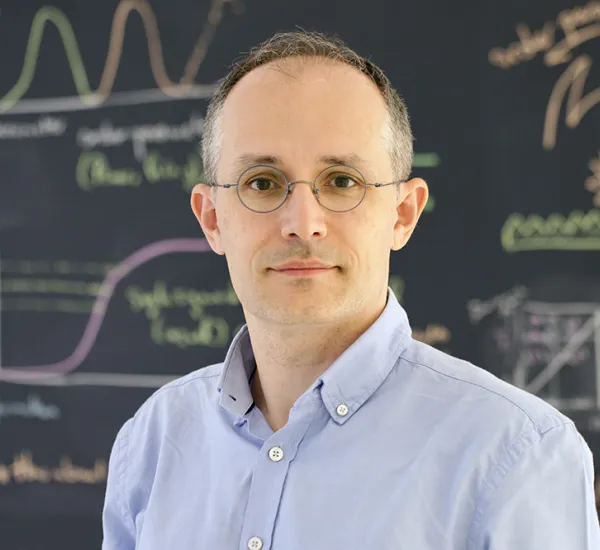
Das Research Center Future Energy Materials and Systems der Universitätsallianz Ruhr widmet sich nachhaltigen Materialien für die Energieanwendungen der Zukunft.
RC Future Energy Materials and Systems

Key Research Area
Lorem ipsum dolor sit amet, consetetur sadipscing elitr, sed diam nonumy eirmod tempor invidunt ut labore et dolore magna aliquyam erat, sed diam voluptua.
At vero eos et accusam et justo duo dolores et ea rebum. Stet clita kasd gubergren, no sea takimata sanctus est Lorem ipsum dolor sit amet. Lorem ipsum dolor sit amet, consetetur sadipscing elitr, sed diam nonumy eirmod tempor invidunt ut labore et dolore magna aliquyam erat, sed diam voluptua. At vero eos et accusam et justo duo dolores et ea rebum. Stet clita kasd gubergren, no sea takimata sanctus est Lorem ipsum dolor sit amet.

Prof. Dr. Wolfgang Schuhmann ist Sprecher der Forschungsgruppe "Unusual Anode Reactions".
Das Research Center Future Energy Materials and Systems der Universitätsallianz Ruhr widmet sich nachhaltigen Materialien für die Energieanwendungen der Zukunft.
RC Future Energy Materials and Systems

Prof. Dr. F. Ömer Ilday kam als Spezialist für Laser-Materie-Wechselwirkungen in den Bereich Materialwissenschaften der Ruhr-Universität.